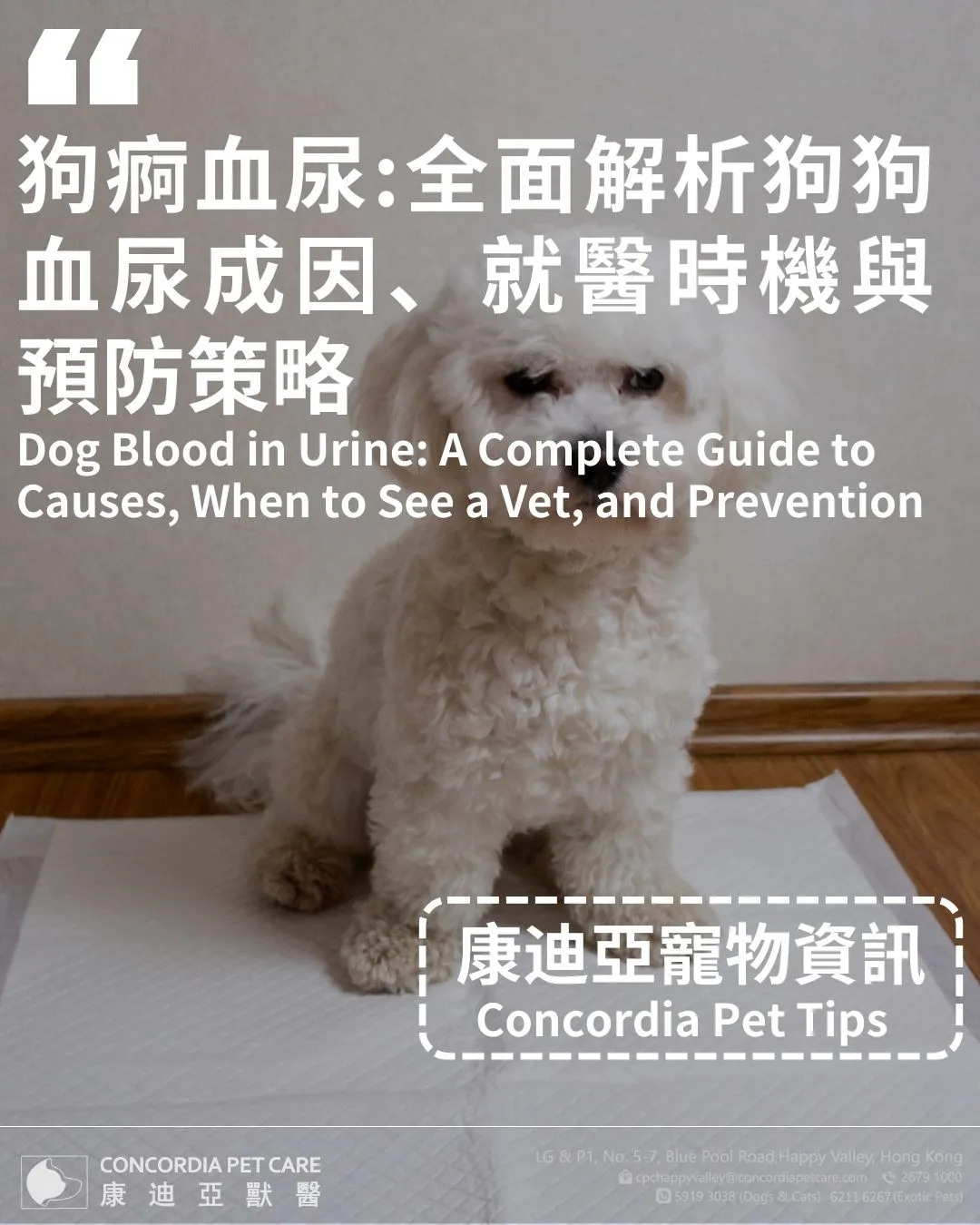
How to Help a Dog with Arthritis at Home: Tips and Treatments
 Concordia Pet Care
Concordia Pet Care
 2025-07-10
2025-07-10


How to Help a Dog with Arthritis: Complete At-Home & Veterinary Guide
Arthritis in dogs is more common than many pet parents realize. It’s a progressive condition that can quietly affect your dog’s ability to walk, climb stairs, or even get up from rest. But the good news? You’re not helpless. There are several ways you can support your arthritic dog, both through veterinary treatments and with simple changes at home.
In this guide, we’ll cover everything you need to know about how to help a dog with arthritis, with trusted medical information and practical advice you can use every day.
What Is Canine Arthritis & Why Early Help Matters
Canine arthritis, most often osteoarthritis (OA), is a degenerative joint disease marked by chronic inflammation, cartilage breakdown, and joint stiffness. It typically develops due to factors like genetics, injury, obesity, or joint abnormalities, not just old age.
Catching signs early allows for timely intervention that can slow disease progression, reduce long-term joint damage, and drastically improve your dog’s comfort, mobility, and quality of life over time.
Signs Your Dog May Have Arthritis
Dogs don’t always show pain in obvious ways, especially when it comes to chronic conditions like arthritis. Subtle changes in their movement or behavior can be early indicators of joint discomfort, including:
- Limping or stiffness, especially after rest
- Difficulty standing up or lying down
- Reluctance to climb stairs or jump
- Decreased activity or stamina
- Irritability when touched
- Muscle loss in the hind legs
- Slower walks or shortened playtime
How to Help a Dog with Arthritis at Home
Knowing how to help a dog with arthritis at home is just as important as clinical care. Your home can be adapted to make daily life easier and less painful for your pet. Here are real-life adjustments that make a meaningful difference:
Weight Management & Joint-Friendly Diet
Excess weight puts strain on joints. If your dog is overweight, your vet may recommend a calorie-controlled or prescription mobility diet such as Hill’s j/d or Royal Canin Mobility Support. These diets include omega-3 fatty acids, which help reduce inflammation.
Low-Impact Exercise & Physical Therapy
Daily movement helps prevent muscle atrophy and stiffness. Go for low-impact activities like short leash walks, gentle play, or swimming. Veterinary-guided rehab may include hydrotherapy, laser therapy, and therapeutic exercises tailored to your dog’s condition.
Mobility-Friendly Living Spaces
Your dog’s environment can either support or hinder mobility. Replace slippery floors with non-slip rugs, and use ramps or stairs to help them onto beds or into vehicles. A supportive orthopedic bed relieves pressure on joints, while elevated feeding stations reduce strain on the neck and elbows.
Supportive Daily Routines & Rest Breaks
Structure matters. Space out walks, meals, and play to avoid fatigue. Provide quiet spots where your dog can rest, and avoid forcing activity when they show discomfort. Respecting their pace reduces stress and inflammation.
Temperature & Comfort Management
Cold weather can stiffen joints. Use heating pads, warming mats, or coats (outdoors) to keep your dog comfortable. Keep sleeping areas warm and away from drafts. In humid regions, air conditioning may reduce joint swelling.
Veterinary Treatments & Medications Explained
While home care helps manage symptoms, arthritis often requires veterinary intervention. Beyond comfort, these treatments address pain and inflammation using evidence-based therapies tailored to your dog’s condition.
NSAIDs, Joint Injections & Other Prescription Options
NSAIDs are typically the first line of defense. These drugs reduce inflammation and deliver measurable pain relief. Long-term use requires bloodwork to monitor kidney and liver function.
For dogs that can’t tolerate NSAIDs, veterinarians may opt for a joint injection, which helps block pain signals at the nerve level. This monthly treatment has shown promising results in managing chronic osteoarthritis.
In more complex cases, vets may prescribe medications for neuropathic pain or added relief. These are often used alongside NSAIDs or joint injections.
Supplements & Natural Therapies That Work
Vets may recommend supplements like glucosamine, chondroitin, or green-lipped mussel to support cartilage. Omega-3 fatty acids, especially from marine sources, help reduce arthritis-related inflammation.
Complementary therapies such as veterinary acupuncture, laser therapy, and rehab also support pain relief and mobility. These should always be done by trained professionals under vet supervision.
Day-by-Day Care Timeline: How to Help My Dog with Arthritis
A structured daily routine goes a long way in managing arthritis symptoms and keeping your dog comfortable. Consistency helps reduce stress, prevent flare-ups, and support mobility over time.
- Morning: Take a short walk or perform light stretching exercises.
- Midday: Provide a comfortable rest break. Offer interactive toys that don’t require jumping or running.
- Evening: Feed a joint-friendly dinner and repeat short, calm walks if tolerated. Warm compresses or gentle massage may help soothe tired joints.
- Night: Ensure your dog sleeps in a padded, orthopedic bed in a warm, quiet room.
Veterinarian-prescribed medications are an important part of managing arthritis. Use them consistently alongside your dog’s daily care routine to help reduce pain and slow joint degeneration.
When to Call the Vet & Red-Flag Symptoms
While most arthritis cases can be managed at home, some situations require urgent veterinary care. Certain symptoms may mean your dog’s arthritis is worsening or another serious issue is developing.
Call your vet immediately if you observe:
- Sudden inability to walk or stand
- Noticeable swelling or heat in joints
- Loss of appetite or lethargy
- Whining, yelping, or signs of sharp pain
- Aggressive or withdrawn behavior
FAQs
How do I know if my dog is in pain from arthritis?
Watch for stiffness, limping, slowed movement, or reluctance to play. Subtle changes like avoiding stairs, struggling to get up, or snapping when touched can signal pain even if your dog stays quiet.
Can I walk my arthritic dog?
Yes, but keep walks short, slow, and consistent. Avoid stairs and uneven ground. A daily walk improves circulation and maintains muscle strength. Swimming or treadmill therapy may be safer, joint-friendly alternatives.
What can I give my dog for arthritis that isn’t a painkiller?
Ask your vet about disease-modifying therapies such as injectable joint protectants, therapeutic diets formulated for mobility, or prescription-strength joint supplements. These options support joint function and help slow progression, especially when introduced early in treatment.



